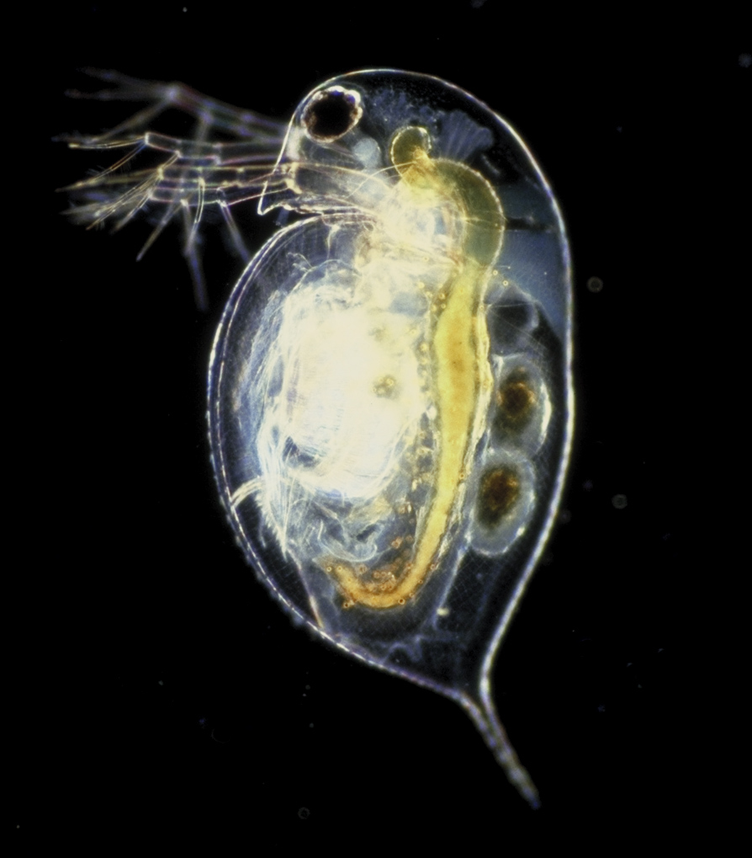Digging Deeper into Onondaga Lake
Apparently, there is a large lake in Syracuse NY, but I didn’t see it until recently. Onondaga Lake is hidden by the flat geography and Carousel Mall. Hearsay of the lake’s pollution fuels the mystery. Now I’m at the DS Institute working on the limnological study. We went to the twelfth annual Onondaga Lake Scientific Forum a few days ago. The day-long conference included many presentations by scientists and contractors hired to work the lake. We found out that most of the work is on analyzing and modeling the lake system, and not remediation.

Before going to the conference, I perused the history of this Superfund site. To summarize:
- Syracuse dumped raw sewage into the lake for years, resulting in phosphorus, ammonia, nitrite, bacteria, and other harmful microorganisms choking off the lake’s life.
- Millions of gallons a day of chloride, sodium, and calcium were dumped into the lake since 1884 until the Clean Water Act closed Honewell’s soda ash plant in the 1970s.
- Honeywell dumped mercury, a byproduct of chlorine production, right into the lake, maxing out at 22 pounds of mercury per day (82 tons total), between the 1950s and ’70s *.
- Other companies dumped PCBs into the lake.
- The lake is still the geographic drainage basin for Onondaga County accepting unfortunate runoff from the neighboring Solvay Paperboard plant and others.
- Fishing for food has been banned for decades, but fish diversity is slowly growing and bird presence is increasing, despite heavy pollution (video of Bald Eagles on the lake here).
At the conference, I learned that:
- The lake is a complex ecosystem. Alewife (fish), Daphnia (tiny crustaceans), and Zooplankton (microorganisms) feed off of each other producing perennial boom and bust cycles/feed-back loops.
- The lake is still a source of pollution because even waves caused by wind can stir up the toxic sediment into the water.
- Many scientists (teams from Michigan U, Cornell, etc) and contractors (Metro and Marcellus Sewage treaters) work on the lake and tributaries.
- The funding for this work comes from the Upstate Freshwater Institute, Syracuse Center for Excellence, and the 475 million dollar fund from Honeywell.
- The majority of these people are focussed on analysis, not remediation. The few that do focus on rehabilitation (not remediation either) are the sewage processing plants. They focus on making sure their effluent is getting more clean (limiting phosphorus and etc).
- Daphnia look beautiful – even chimerically mythical – under a microscope (photo below)!
The conference did not seem to address:
- The need for improved knowledge sharing between parties. Most groups are working out their own particle tracking models, while some are still messing with dumping dies into the lake and studying their movements.
- The current debate between Honeywell and others about how deeply to dredge the bottom of the lake.
- The complexity of the pending plan of pumping out lake water, sending it for processing, and returning it back into the lake.
- The critical need for public debate about what the lake should become so as to inform future action.
The talks were very informative. The visualisations were stellar. One group discussed the life and death cycles of the iconic Daphnia, a crustacean that can easily swim far up your nose. Another group described their algorithms that find correlations between sunlight absorption of the lake and different contents of substances such as phosphorous, benzene, and chlorophyll. Soon, they said, they wouldn’t have to send scientists to sample any more lake water because their models would be able to figure it all out from a satellite photo.
The conference was at the movie theater and was well orchestrated. The lunch in the theater’s banquet area was delicious. The coffee was good and strong, and held up for the day. The attendees were very optimistic. $25 dollars well spent!

leave a comment